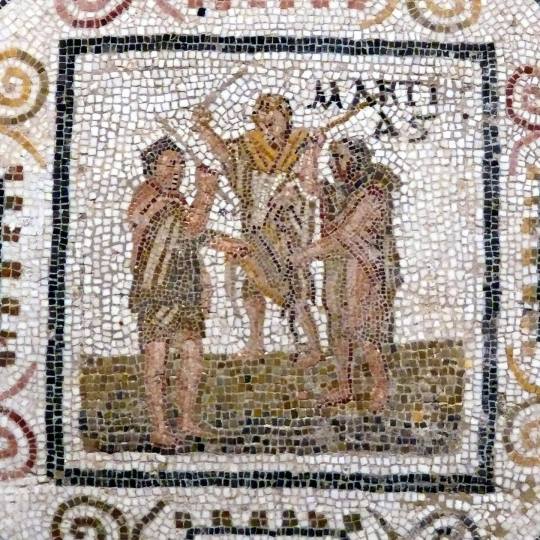Text
137 notes
·
View notes
Text

In dark evening skies over June Lake, northern hemisphere, planet Earth, Comet 12P/Pons-Brooks stood just above the western horizon on March 30. Its twisted turbulent ion tail and diffuse greenish coma are captured in this two degree wide telescopic field of view along with bright yellowish star Hamal also known as Alpha Arietis.
Image Credit: Dan Bartlett`
2K notes
·
View notes
Text


Willy Wonka & the Chocolate Factory (1971) dir. Mel Stuart
985 notes
·
View notes
Text
If Julius Caesar had not modified the calendar, today, March 1, in the West we would say "Happy New Year."

Romulus, the mythical founder of Rome, created the first calendar for the Romans which had 10 months, and the first month was called Martius in honor of the god Mars. The first four months had a specific name but the following were numbered: Quintilis ( means Fifth) Sextilis (Sixth), Septembris (Seventh), Octobris (Eighth) , Novembris (Ninth), and Decembris (Tenth). His successor, King Numa, seeing that this calendar was imperfect added two months: the 11th, which he called Ianuaris (January), and the 12th and last month, Februaris (February).
But in the year 46 B.C. (year 708 for the Romans) with the advice of the astronomer Sosigenes, Julius Caesar organized the calendar so that it had 365 days. The last two months became the first two. The year would no longer begin in 1st March but in 1st January, and February would have an extra day every four years.
Curiously, the numbered months did not change their name despite having changed their numerical position.
After the death of Caesar, the month Quintilis was called Iulius (Julius) because it was the month of his birth, and the month Sexitilis was called Augustus because 14th of that month the first Emperor Augustus passed away.
Picture: Roman mosaic representing the month March, from Bardo National Museum, Tunis.
671 notes
·
View notes




























